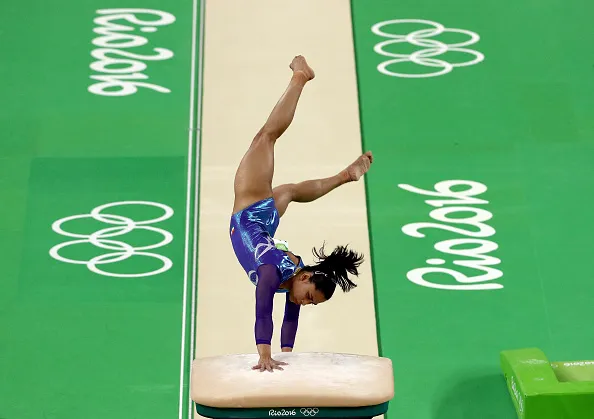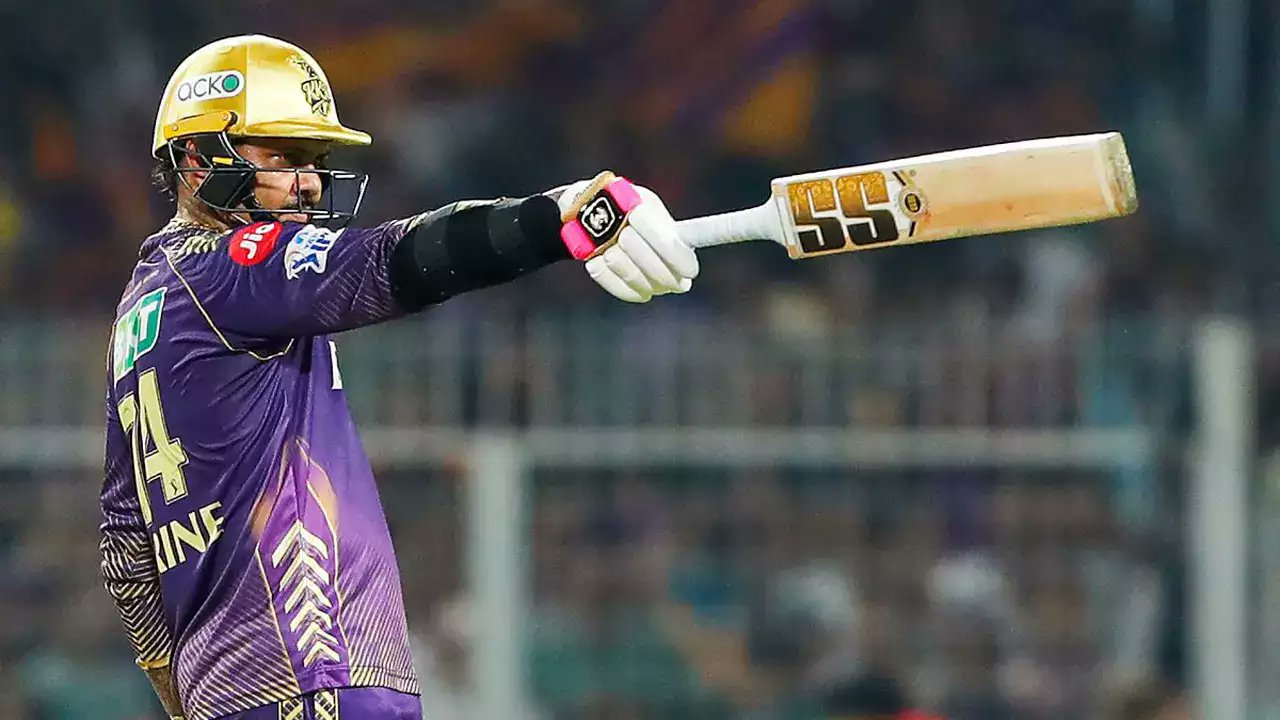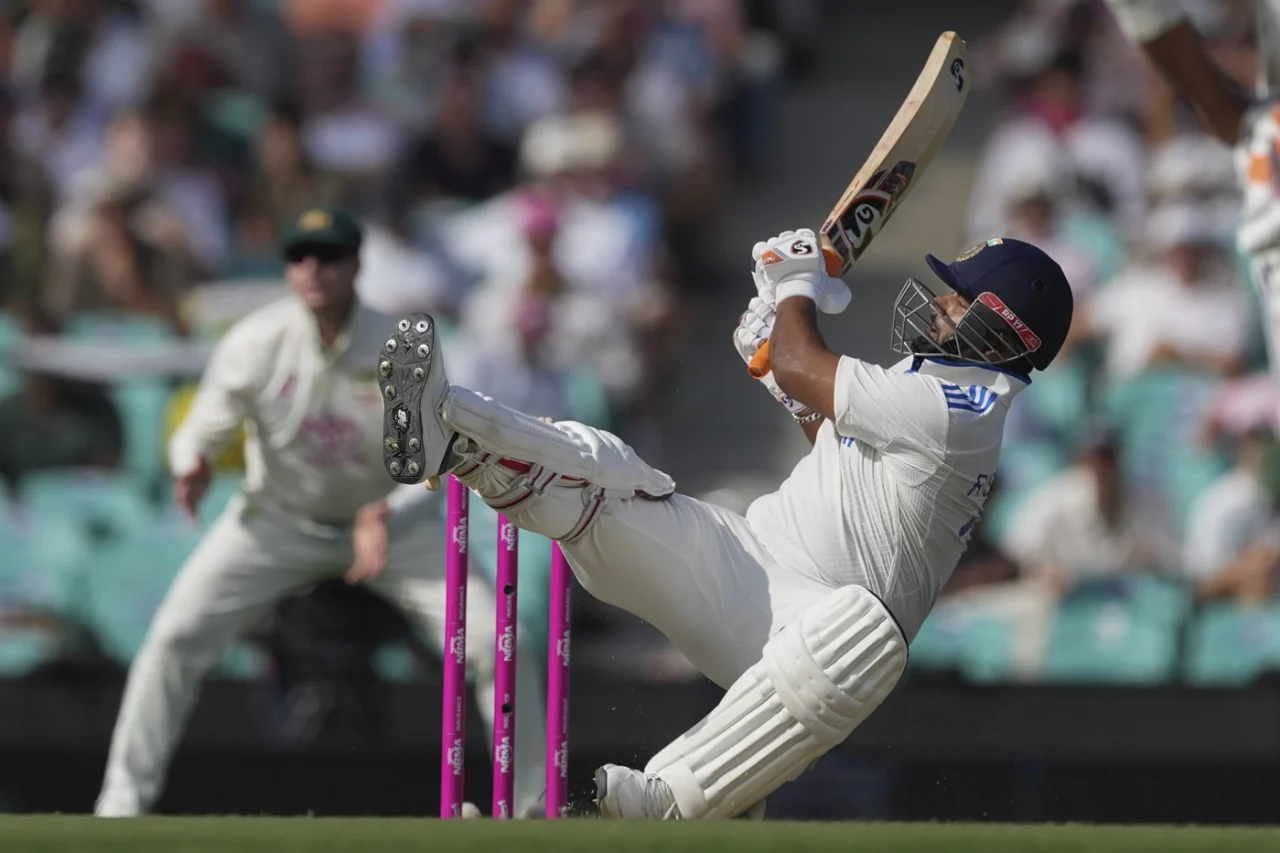
Sports News

GT vs LSG | Twitter in awe as Akash dedicates Buttler's scalp to banned Digvesh with notebook celebration
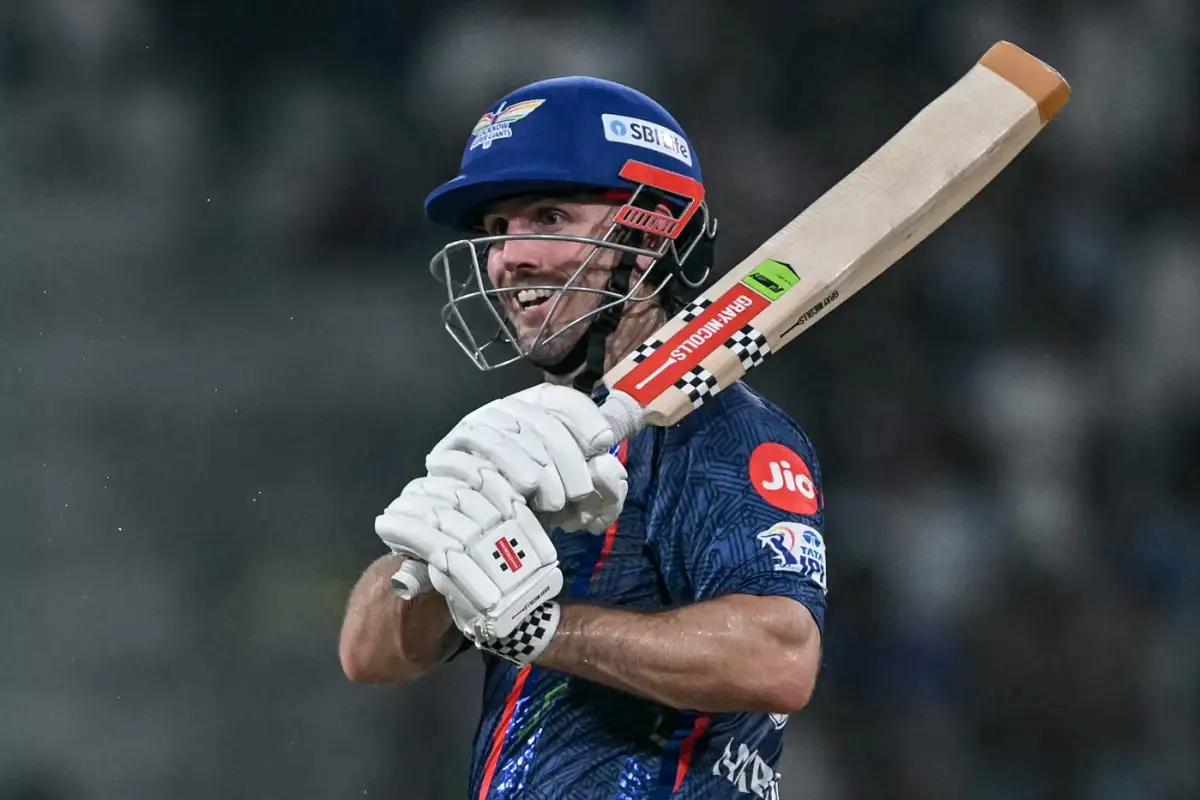
AI Simulation, IPL 2025 | Marsh-Markram deal major blow to GT's top-two hopes with clinical LSG chase

RR vs GT | 14-year-old Vaibhav smashes 15-year record with 35-ball ton to flabbergast Gujarat

KKR vs GT | Twitter in awe as Gill makes mockery of Kolkata's plans with freakish wrist work
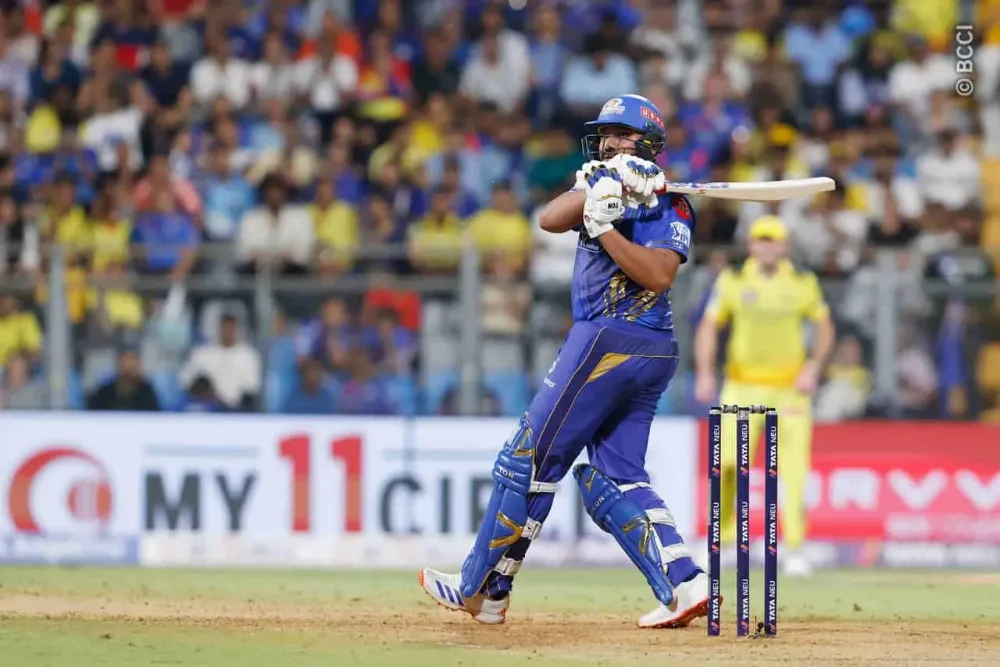
MI vs CSK | Twitter rejoices as Rohit treats Wankhede to trademark majestic pull

MI vs SRH | Twitter in disbelief as Head holes out off Panyda on back-to-back balls but still survives

SportsCafe Giveaway winner announced on Instagram and Facebook

RR vs CSK | Twitter in splits as Pathirana showcases impromptu break dance freestyle to cost his team four

SRH vs LSG | Pooran steals show at Orange Army's den to engineer blowout victory
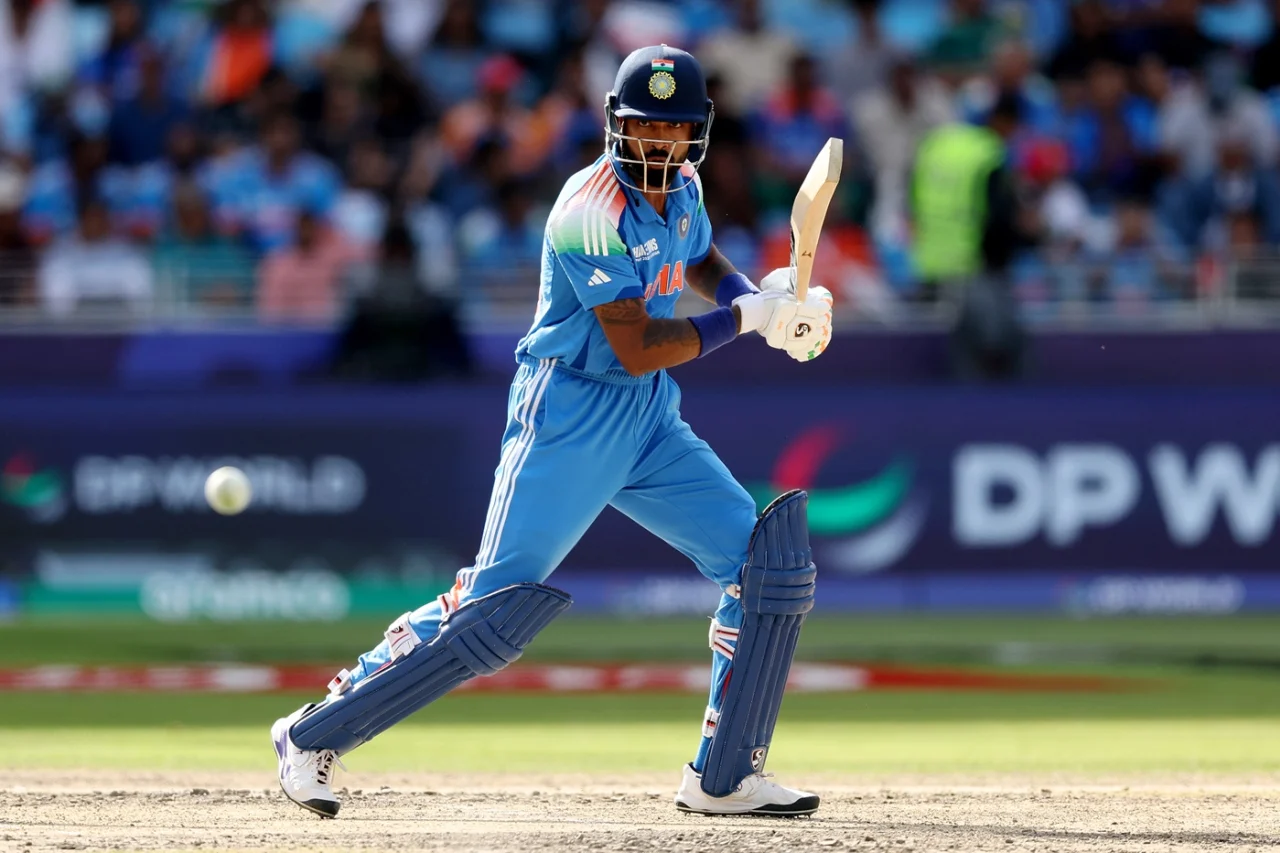
IND vs NZ | Twitter in splits as hard-hitting Hardik makes wincing Williamson dance to his shots

Parimatch introuce new cyber-themed Loyalty Hub with Bonus Bazaar rewards up for grabs

Ritu Phogat announced as Parimatch's latest brand ambassador
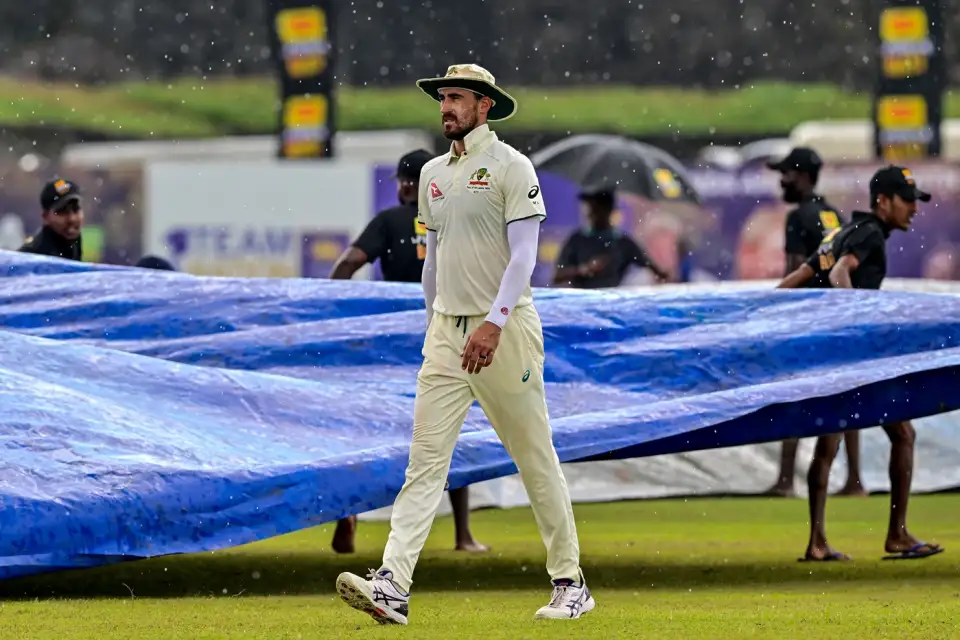
SL vs AUS | Sri Lanka dive deeper into despair in 27 overs of play on rain-interrupted Day 3

Renowned rapper DIVINE joins team Parimatch as Global Brand Ambassador

BBL | Twitter reacts to Owen and Ellis steamroll Thunder as Hurricanes earn maiden silverware
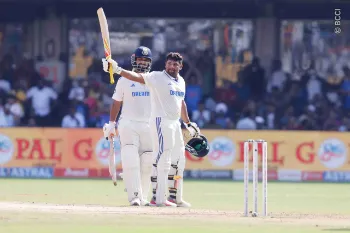
IND vs NZ | Sarfaraz and Pant’s audacious fightback eclipsed by rain and second new ball with Kiwis on command

Paris Olympics 2024 | Indian Golf Team - Schedule, Timings, Players, How to watch

AUS vs SA | Twitter goes wild as Australia trump South Africa in nail-biter to book final berth
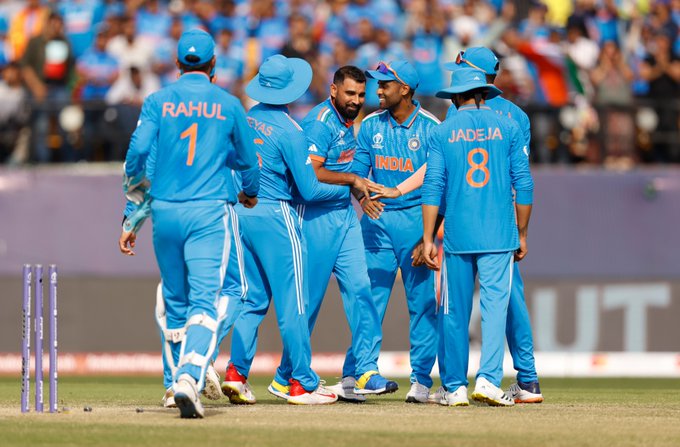
IND vs NZ | Twitter hails Mohammed Shami for starting World Cup 2023 campaign with a banger
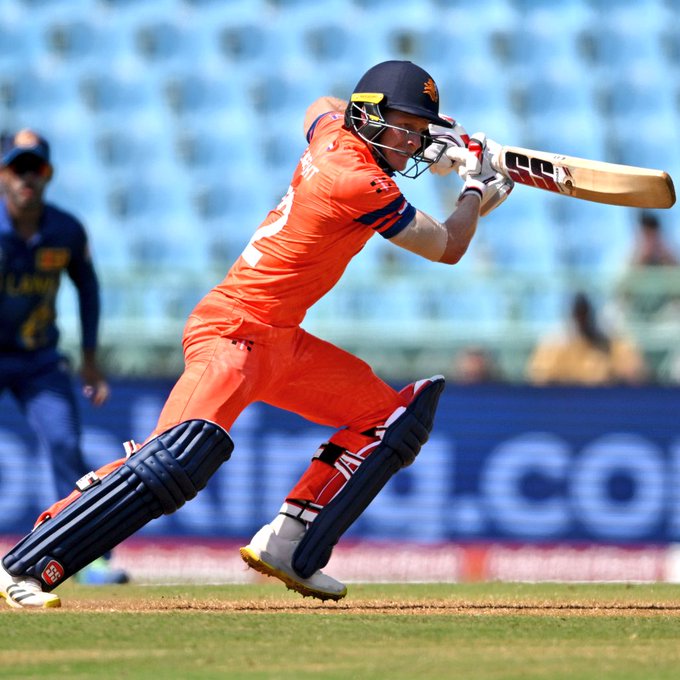
SL vs NED | Twitter reacts as umpire awards five penalty runs to Dutch owing to Mendis' sloppy glovework
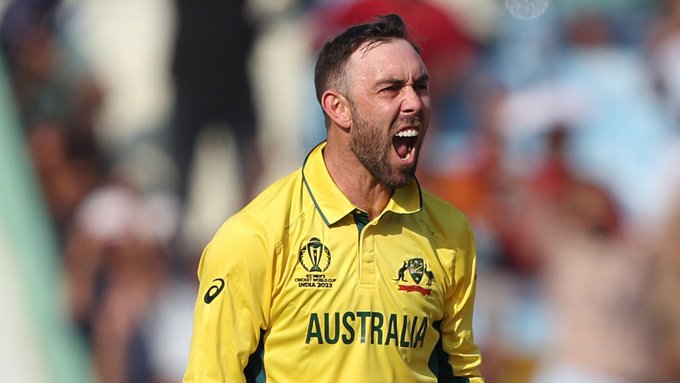
AUS vs SL | Twitter trolls Australia as Glenn Maxwell pays the price for shambolic misuse of DRS
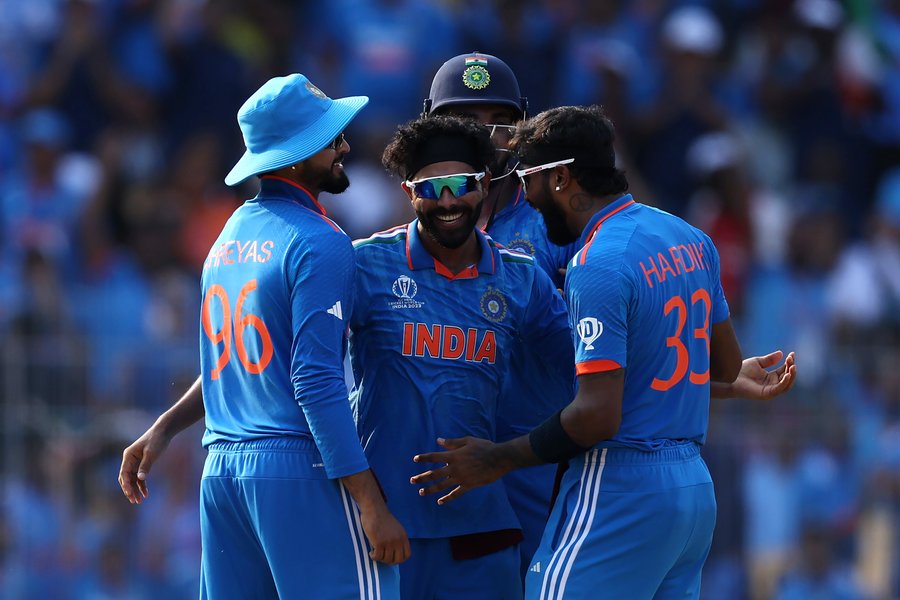
IND vs AUS | Twitter reacts as Ravindra Jadeja's ripper leaves well-set Steve Smith smiling in disbelief

Why Your Team Sucks: Netherlands at the 2023 ICC World Cup
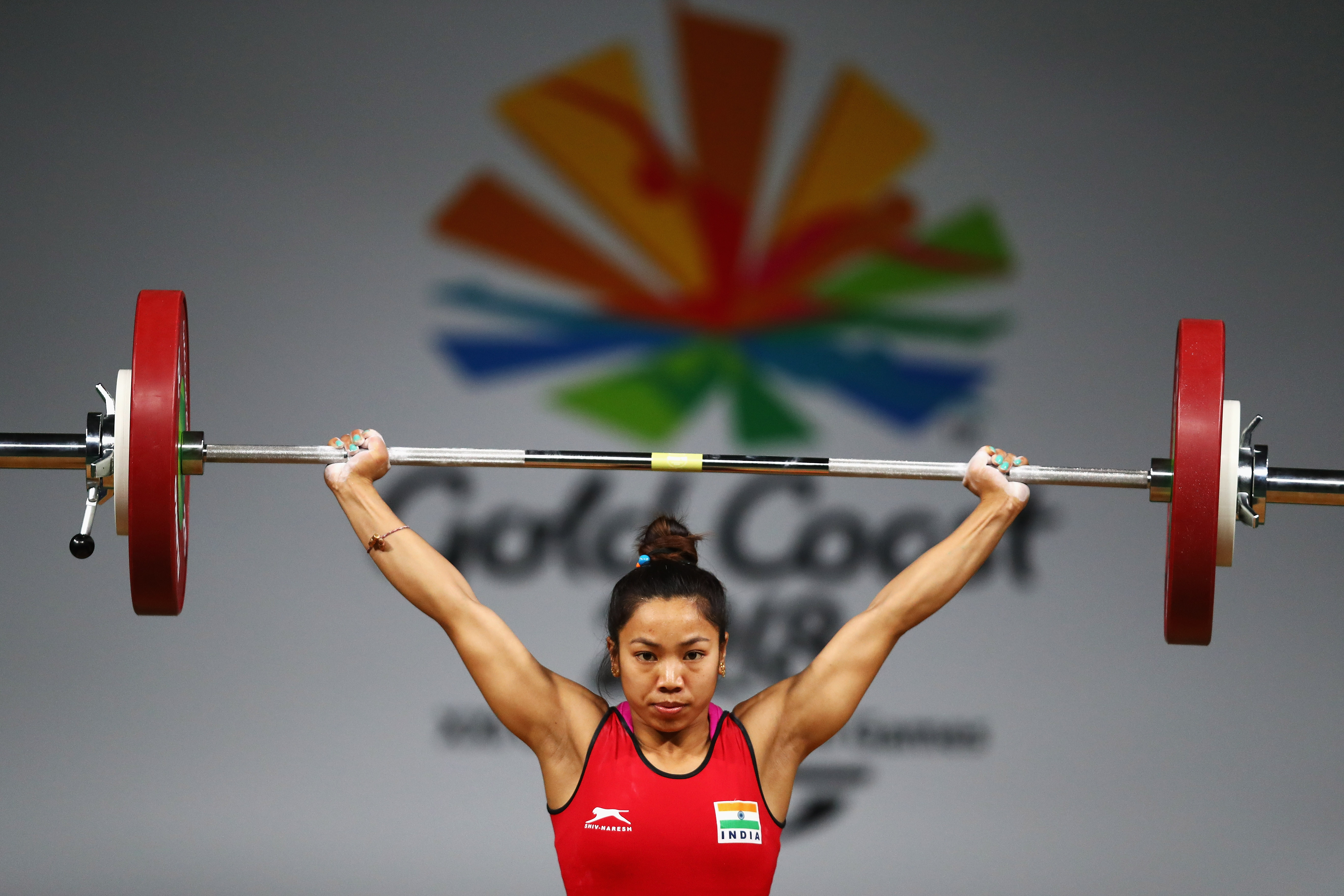
World Weightlifting Championships | Not much to look forward to for India as Mirabai Chanu to only appear for weigh-in
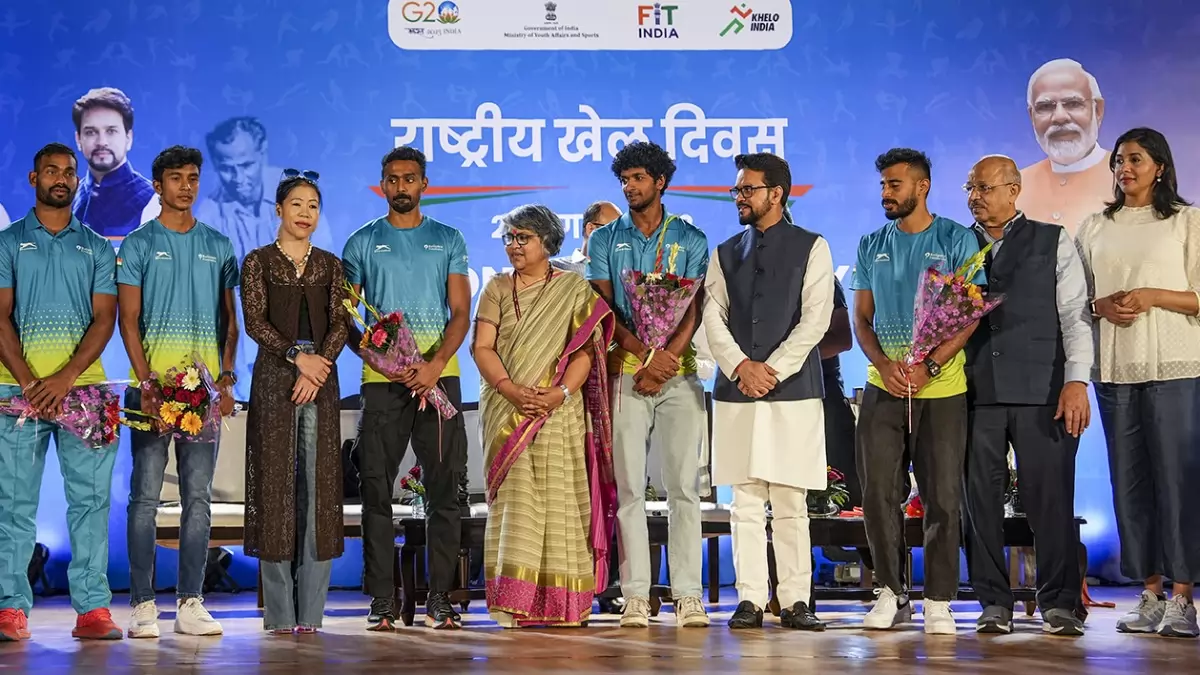
India will do exceptionally well at the Asian Games, says sports minister Anurag Thakur

Mirabai Chanu to skip World Championships, to only appear for weigh-in
